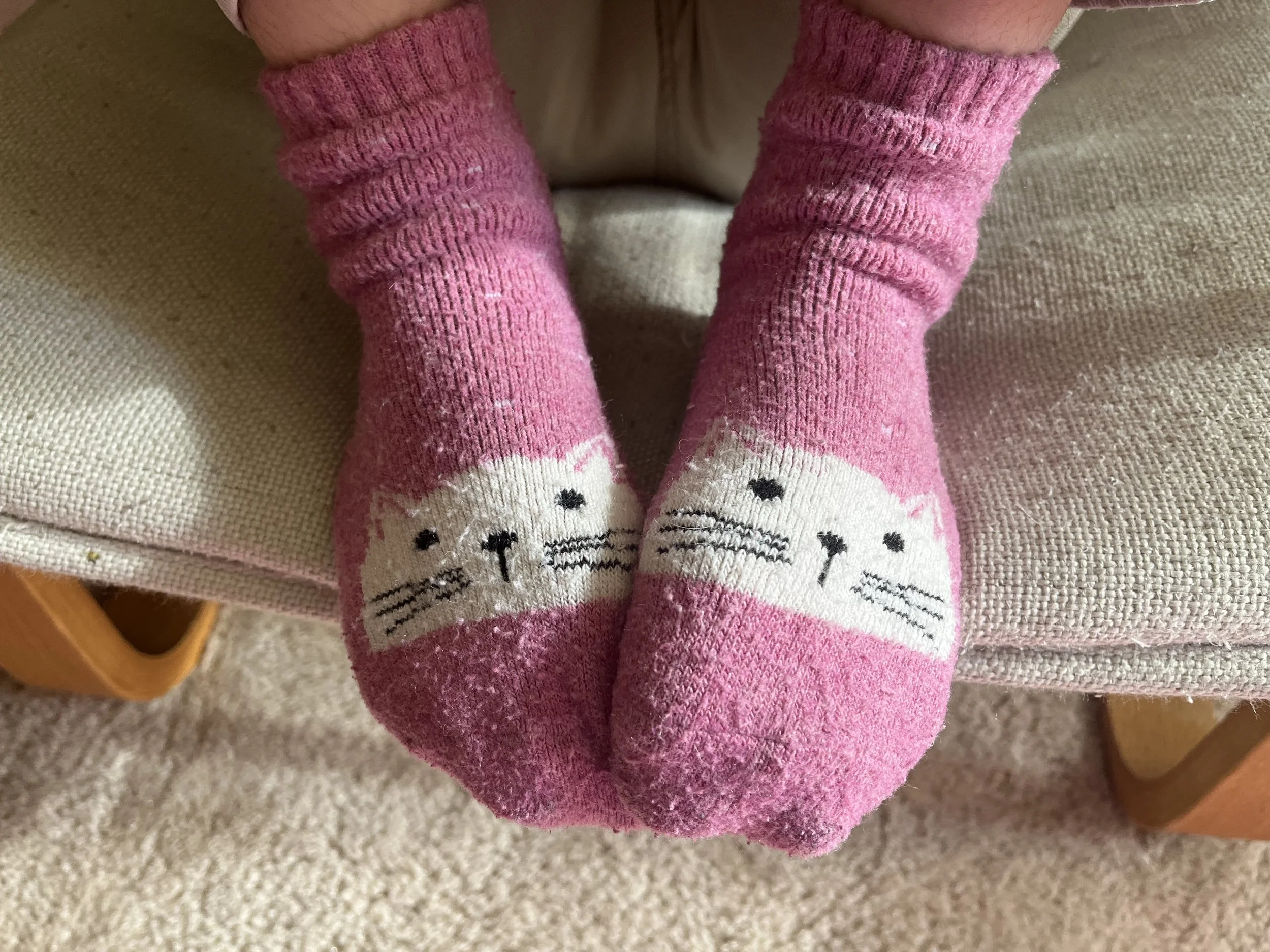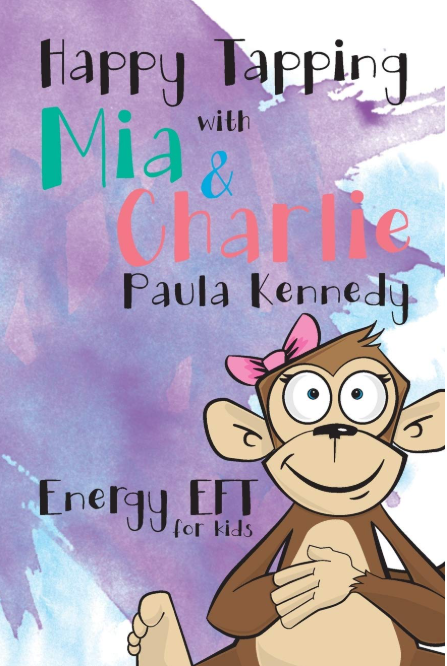Tickle Me Mom!
The Bedtime Struggles That Brought Us Closer
I have that child who never wanted to go to sleep.
She was always asking me to stay a little longer, tickle her, and didn’t want to let go of my hand. Every night, she would come to our bed because she couldn’t fall asleep. I knew she had some sensory issues. Going to preschool and kindergarten was a daily battle. Her socks irritated her, and her pants were always "feeling weird."
Once when I took her pants shopping from store to store, she tried on nearly 20 pairs before we found one or two that she promised to try wearing because they didn’t “feel too bad.” -She only wore them a couple of times. The only pants she could tolerate were Jack and Jill from Target, so I bought a few pairs and stuck with those. I never figured out exactly what was the “feeling,” but she’s always been very slim—maybe most pants just didn’t fit her body right.
The sock issue was easier to solve. I found smooth toe seam socks on Amazon, and those were a game changer at the time. Now she uses these comfortable fuzzy socks and still refuses to wear any other kind.
Discovering a New Bedtime Approach
I started thinking about the cause of her behavior and sensory issues—wondering if anxiety might be behind it all, and whether it was linked to all the changes we’d been through: moving, new schools, and friendships. Then I came across a book called Happy Tapping with Mia and Charlie: Energy EFT for Kids.
EFT, Emotional Freedom Technique, is a method that can be used to help reduce sleep anxiety by tapping on specific acupressure points on the body while focusing on affirmations of the anxiety. EFT helps to release negative feelings and replace them with positive ones.
This book was like a miracle—exactly what my child needed. A story paired with a gentle touch. She started sleeping better, and bedtime stopped being a struggle.
Later, I told my sister about this book, and she sent me a few printouts from her nursing school in Finland—bedtime stories you tell while gently tracing or tickling your child’s back. These stories all took place in a forest. One described an autumn forest full of mushrooms and berries. Another was a winding path you drew on the child’s back that led to a home where they were welcomed inside.
Drawing on the back reminded me of how, as kids, we used to write words on each other’s backs and try to guess what the other person was writing. My kids loved writing and drawing, but their favorite was the story of a big tree growing in the forest, with birds on its branches and wind and rain blowing through the night.
The Stories We Made Together
Eventually, my daughter started requesting her own ideas to be added to the stories. Now, she has two go-to stories she always asks for: one about an apple tree, and the other about a big tree full of animals living inside. The idea is to gently trace your child’s back with your fingers when you tell the story.
The apple tree is a story about an apple tree growing next to a house. One day, the family living in the house comes out with a ladder to collect all the apples from the tree. After working together, they slice the apples and bake an apple pie, which they all enjoy at the end.
The big tree story has different birds, a squirrel family, and an owl on its branches. There is also a fox living in the hollow of the tree, and it goes with its kits to look for food and play on the other side of the forest—on the child’s other side. They return back to their cozy den for the night. On the other side of the tree—the child’s other side—lives a hare family, that goes through the tunnel to the other side of the forest to eat and play. At dusk, the hare family comes back to their nest to sleep. The wind starts blowing and the rain starts falling and all the animals are comfortably in their nests sleeping as night falls. Only the owl is awake and seeing that all is fine and peaceful in the forest.
I make small changes to the story depending on the season and my daughter’s wishes. These simple moments—tickling, storytelling, connection—turned bedtime from a battle into something we both look forward to.
If you’re going through something similar, know that with a little patience and creativity, things can get easier over time.



